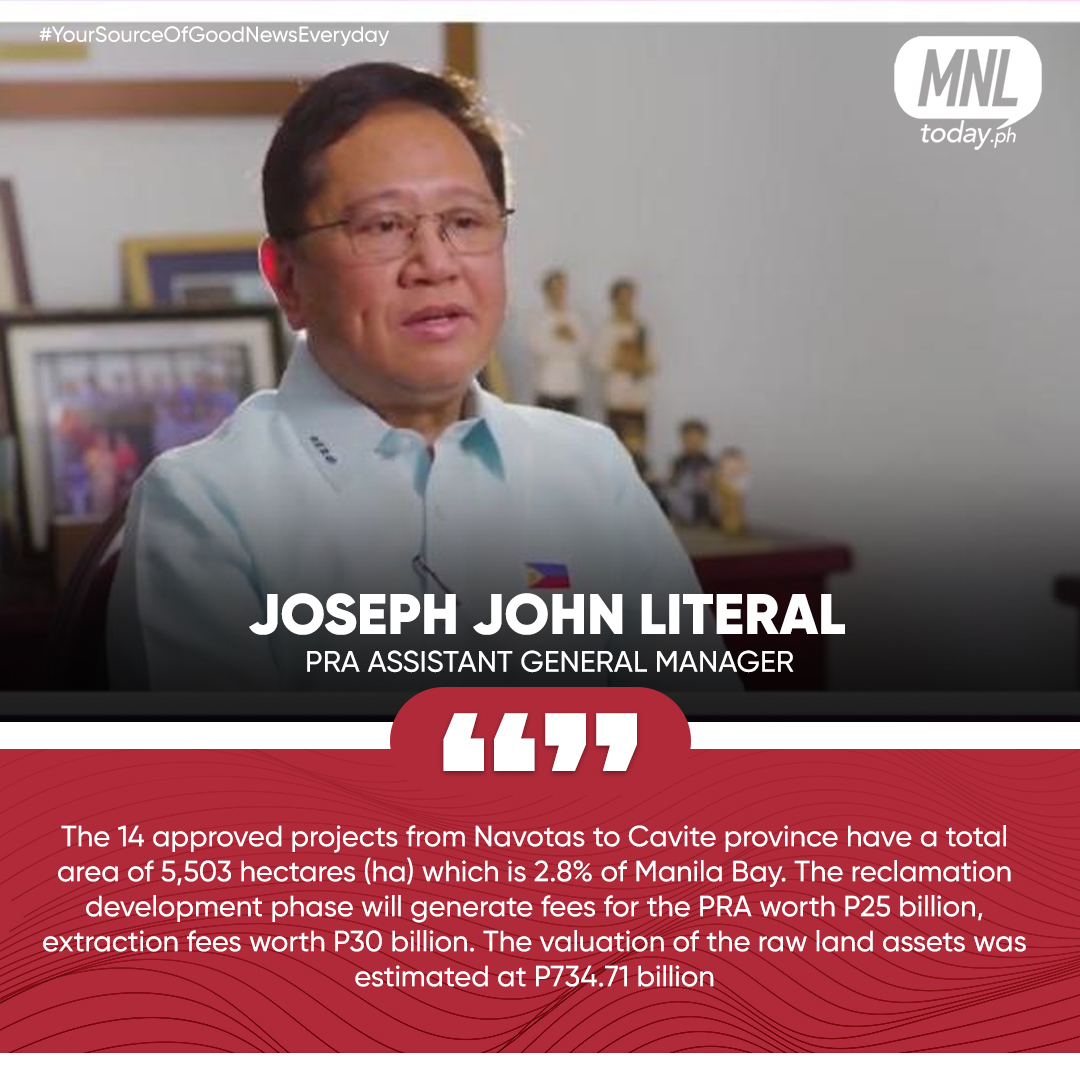RECLAMATION projects around Manila Bay will attract investments in vertical property development worth P23 trillion, with an additional P1.95 trillion expected in low-rise “horizontal” development, the Philippine Reclamation Authority (PRA) reported.
Eight reclamation projects are currently awaiting approval. President Ferdinand R. Marcos, Jr. in August suspended all reclamation projects around Manila Bay.
“A suspension is not tantamount to the abandonment of the projects and may be an opportunity for us to rethink the costs and benefits of reclamation projects,” Mr. Salceda said.

Mr. Literal cited Jurong in Singapore as an example of how reclamation can become “a platform for economic growth,” making Singapore the eighth largest exporter of chemicals by 2019. He also cited the SM Mall of Asia complex, and the Cultural Center of the Philippines-Financial Center Area complex, which were reclaimed in the 1990s and the 1960s and 70s, respectively.

A 2014 study conducted by University of Illinois professor Kelvin Rodolfo on the geological hazards of the Manila Bay reclamation projects showed that the capital region’s coastal areas are sinking by nine centimeters every year.
International environmental group Oceana has urged the government to permanently halt reclamation projects along Manila Bay, citing ecological damage.
“They put in peril food security, violate our constitutional right to a healthy, balanced, safe and resilient environment and the right of artisanal fisherfolk and coastal communities to access their fishing grounds and livelihoods,” the group said in August last year.

It takes 30 years to complete a reclamation project, Mr. Literal said, with four years needed to develop raw land through reclamation, three years for horizontal development, and 23 years for vertical development.
For perspective, reclamation costs have been estimated at P650 billion.
With additional report: www.bworldonline.com, Beatriz Marie D. Cruz






